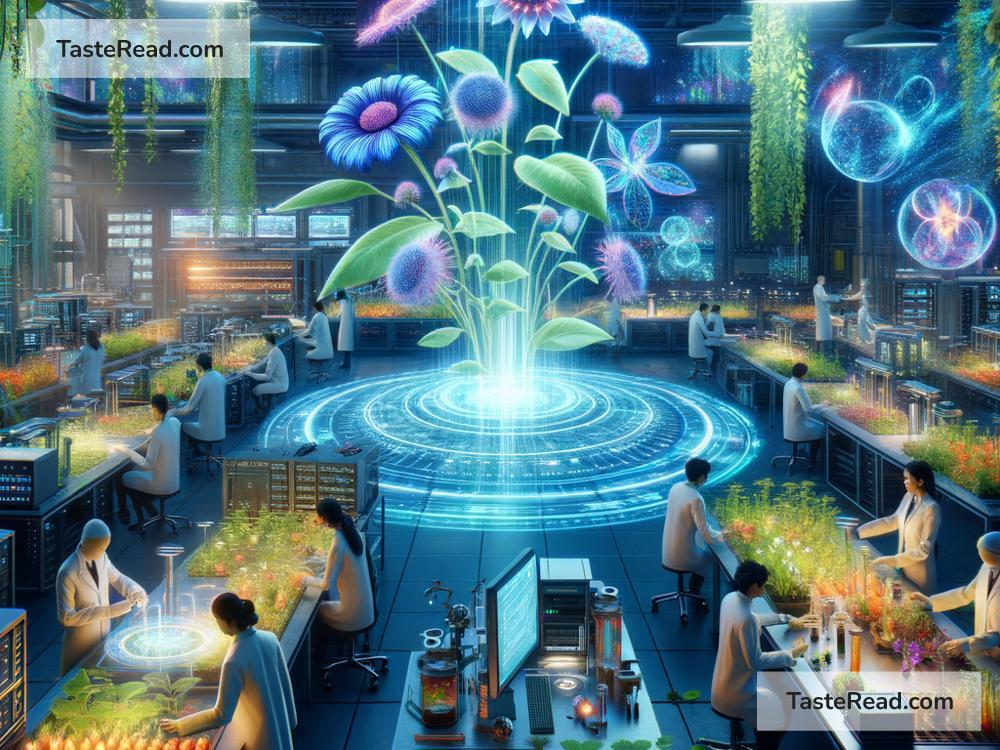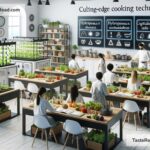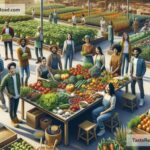The Future of Food Biotechnology: Feeding the World in Exciting New Ways
Food is one of the most essential parts of our lives. We need it to survive, but it’s also part of how we connect with one another and celebrate culture. As the world keeps growing, both in terms of population and demand, finding ways to produce enough food safely, sustainably, and nutritiously is a big challenge. The good news is that science is offering groundbreaking solutions—one of them being food biotechnology.
Food biotechnology means using scientific methods, like genetics and microbiology, to improve how we grow, process, and develop food. It’s not science fiction; it’s science shaping the food we eat today and driving innovations for tomorrow. Let’s explore what the future of food biotechnology might look like and how it could change the world.
What Is Food Biotechnology?
Food biotechnology uses technology to improve crops, animals, and the way we create food products. For example, scientists can modify the DNA of plants so they can grow faster, resist diseases, or survive extreme weather. It’s a bit like giving plants superhero powers. Similar techniques can also be used for animals, creating livestock that thrives better or produces healthier milk or eggs.
A more familiar example is genetically modified organisms (GMOs). These are foods that have had their genes changed to make them more useful. For instance, GM corn can resist pests, and GM potatoes can grow without needing as much water. While GMOs have been debated a lot over the years, they’re increasingly being recognized as safe and effective, with the potential to solve major food problems.
Why Do We Need Food Biotechnology?
Here’s the thing: the way we produce food now isn’t perfect. Farmers face challenges like climate change, pests, and diseases that destroy crops. Animals raised for food often require a lot of resources, such as water and feed, which can harm the environment. With a global population expected to reach nearly 10 billion by 2050, scientists and farmers alike are asking: “How can we make enough food for everyone without damaging the planet?”
Food biotechnology offers answers:
- Fighting Hunger: With bioengineered crops that grow in tough climates or resist pests, farmers can produce more food. This means fewer people go hungry.
- Reducing Environmental Impact: Modified plants and animals can be more resource-efficient, using less water, pesticides, and land to thrive.
- Improving Nutrition: Scientists can make foods healthier. Imagine rice with extra vitamins or meat that has more protein but less fat!
- Staying Safe: Biotechnology also helps prevent foodborne illnesses. For example, researchers are creating methods to reduce contamination in meat or keep fruits fresh longer.
What Can We Expect in the Future?
The future of food biotechnology is full of innovation. Here are some ideas that scientists are already working on:
1. Climate-Resilient Crops
As global temperatures rise, farmers need crops that can survive droughts, floods, and heatwaves. Biotechnology offers solutions—plants that can grow with very little water or withstand harsh weather. Imagine a world where farming is no longer at the mercy of unpredictable climate changes!
2. Lab-Grown Meat
Lab-grown meat (or cultured meat) is produced by growing animal cells in a lab instead of raising animals. It’s real meat, without the need for farming, slaughtering, or harming the environment. While lab-grown meat is still expensive to produce, it’s expected to become cheaper and more widespread in the coming years. This could revolutionize the meat industry!
3. Personalized Nutrition
What if your food could be customized for your body’s exact needs? Scientists are working on using biotechnology to create personalized foods tailored to people’s health conditions, allergies, or dietary preferences. This could help people live healthier lives by eating food that’s perfect for them.
4. Edible Vaccines
Yes, you read that right! In the future, we may be able to eat fruits or vegetables that contain vaccines. For example, a banana engineered to deliver a vaccine for certain illnesses. This might make vaccinations easier to distribute, especially in places where access to medical care is limited.
5. Food Waste Solutions
Biotechnology could help tackle food waste, which is a huge global problem. Scientists are working on ways to create packaging that keeps food fresh longer or edible coatings that reduce spoilage. Imagine buying strawberries that stay fresh for weeks instead of days!
Challenges Ahead
Of course, the road isn’t entirely smooth. Biotechnology comes with challenges, like public opinion and ethical concerns. Some people worry about “tampering with nature” or the long-term effects of GMO foods. Governments across the world have strict laws to make sure food biotechnology is safe, but scientists and policy-makers still need to work hard to build trust and educate people about the benefits.
Cost is another challenge. While biotechnology has the potential to improve food systems, developing these technologies can be expensive. It’s crucial to make sure these innovations are affordable, especially for farmers in poorer countries.
Conclusion
The future of food biotechnology is exciting and promising. It’s not just about creating futuristic foods—it’s about solving real-world problems like hunger, climate change, and malnutrition. By improving the way we grow crops, raise animals, and even create food in labs, biotechnology can help us build a more sustainable and equitable food system for everyone.
As science continues to advance, we can imagine a world where no one goes hungry, where food is packed with nutrients, and where farming doesn’t harm the planet. While there are still challenges to overcome, the possibilities are endless. Whether it’s drought-resistant corn, lab-grown burgers, or vaccines in bananas, food biotechnology is ready to change the way we eat—and the way we live.


